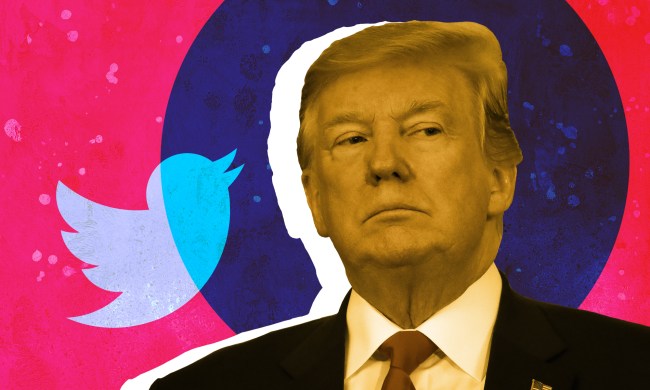Export.ly is a simple way to aggregate Facebook fan page activity, Twitter follower data, and Gmail contacts in a Microsoft Excel spreadsheet filled with raw data and beautiful charts, graphs, and reports. This radically simple approach makes data easy to access and saves time building reports.

With the limited data available directly from social networks, social media managers face major challenges when measuring social media and reporting insights to clients and stakeholders. There is some insight to be gained, but Facebook does not offer the full firehose of public user information and gathering the same data from Twitter can be quite costly. Facebook Fan Pages are a prime example of this problem. Facebook Insights offers little direction on fan page performance, forcing marketers to spend countless hours manually aggregating data and reports.
Export.ly has launched to solve this problem and help marketers easily export datasets that they can analyse themselves, which otherwise are very difficult to access. Export.ly is starting with three datasets:
1.) Twitter followers, friends, and lists from any account
2.) Facebook fan page comments and posts for any brand
3.) Gmail activity and contacts.
Data and reports are presented in the simplest, most flexible possible format – an Excel spreadsheet. With Microsoft Office installed on over 1 Billion computers, Excel is the de-facto business tool for analysis and reporting. Export.ly caters to this so users can start crunching social media data without learning complex new technologies. This saves time across the board.
Export.ly is the second product from Simply Measured. This builds on the success of RowFeeder, its social media monitoring tool. The functionality of Export.ly and RowFeeder are also available together in the core Simply Measured product suite for larger agencies and brands.

